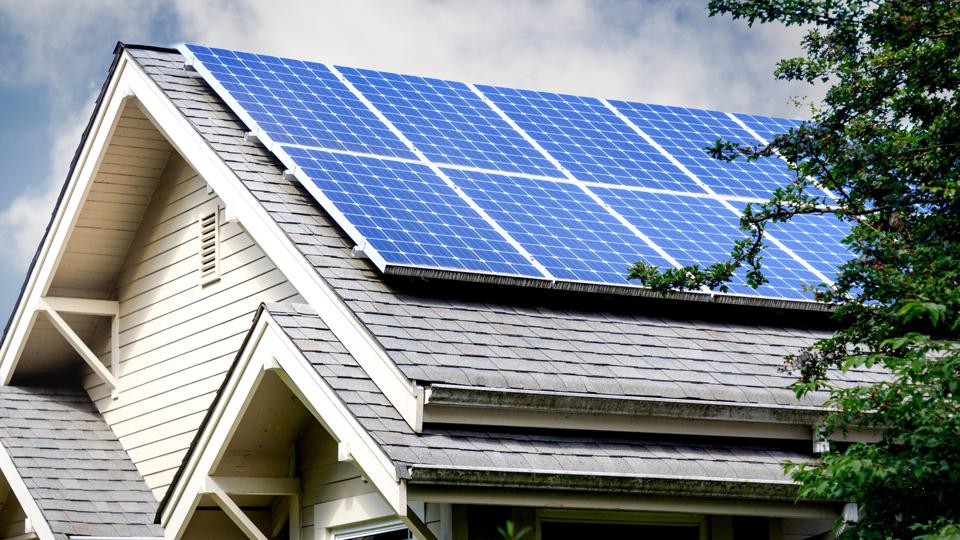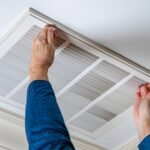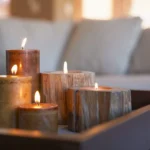Somewhere around 4 percent of homes in the US now have solar panels. Indeed, the US is one of the world’s leaders when it comes to producing solar power alongside China and India among others.
In 2019, more than 2 million homes added solar panels and instead of there being a slowdown over the pandemic, installations actually increased. This may be due partly to the fact that now is a particularly good time to install solar power.
The price of solar panels has seemed prohibitive to some in the past, but the cost has dropped by around 70% over the last ten years. Couple this with incentives such as tax credits, and financially speaking, solar panel installation looks more appealing than ever. These are a few reasons why Massachusetts is a great state for solar because it offers a lot of incentives to solar companies. If you want to go solar, read some reviews about the best solar companies in Massachusetts and find helpful ways to get the best product and services that meet your needs.
But what are the other reasons for installing solar power, and what areas of the home can be converted? Can you completely run a home on solar power, or can you make a partial conversion?
Why convert your home to solar power?
There are a number of advantages to using sustainable power, but the two obvious ones are financial and environmental.
Many people choose to install solar panels as a way to reduce their utility bills and be less reliant on fossil fuels. Over 60% of the electricity produced in the states in 2021 came from natural gas and coal.
This production of electricity is bad for the environment and is also helping to further deplete the world’s fossil fuel reserves. Instead of fossil fuel use reducing in recent times, it has gone up, and now the remaining reserves are looking poor.
According to ZEM Science, coal has 110 years left, while gas and oil may be gone in just over half a century. Figures surrounding the lifespan of fossil fuel reserves differ depending on the source, but it is clear that sustainable energy sources are vitally needed now to protect the future.
For those interested in exploring alternative energy solutions, Offgrid Living Solutions offers valuable insights into off-grid living and sustainable energy practices.
How to determine the number of solar panels needed for your home
The size of a home will decide how many solar panels are needed, but there are ways to calculate this.
Firstly, not everyone chooses to power a home exclusively through solar panels. They may choose to have a grid-tied solar panel system that provides the benefits of solar and standard grid-supplied power. In fact, this is the most common way to install solar panels.
The average-sized house would need between 20 and 25 panels to supply all its electricity through solar energy. Houses differ, and some may not have enough roof area to accommodate this. Also, there are different types of solar panels and some are more efficient than others.
Suppliers such as https://www.smartsolarenergyco.com/ use a calculation to determine how many solar panels are needed on a home. This calculation looks like this:
Number of panels = system size / production ratio / panel wattage
There are other determiners of how effective your solar panel system will be such as how much sunlight you get, and how much electricity you use. This can also affect the cost of installing a solar panel system.
What is the cost to convert a home to solar?
This is the biggest bug-bear for people considering a switch to any form of sustainable energy. While many people understand the environmental impact of using grid-supplied electricity, they are still reluctant to switch to solar power due to the initial investment costs.
Depending on the system and type of panels you install, the price can vary quite widely. The number of panels will also be a determiner of the amount you need to outlay.
A small solar panel system might cost as little as $5,000 while a tier 1, or top-of-the-range, solar system could be as much as $40,000. Typically though, a solar panel installation will run to around $13,00 to $14,000. This price is taking into account possible federal tax incentives.
However, the cost of the installation needs to be held up against the potential future savings, as solar power is free. Once the panels are installed, you will start to reap some financial benefits immediately.
When can you expect to see a return from investing in solar power?
While your electricity bill will be reduced with the installation of solar panels, it will take some time to see a full return on your investment. The typical electricity bill in the US is around $115 per month, per household. Using solar power will remove the need for grid electricity completely or at least reduce it drastically.
So, for a complete return on the initial investment, a typical house owner may have to wait up to 15 or even 20 years. This depends on how much electricity was being consumed prior to the installation.
It is typical to wonder are solar panels worth the investment before installing them. Well, to provide some more positive news for anyone considering this alternative energy source, many owners of solar panels have reported that they saw their investment returned in just 5 years. The average solar panel system in the US pays itself off after around 8 years.
Assuming that solar panels can last up to 25 years, there is plenty of scope to see a healthy return on the initial outlay.

Do solar panels have a limited lifespan?
You’ve just read that solar panels can last a couple of dozen years but this isn’t quite black and white. Many manufacturers will explain that their panels last for 20 to 25 years. It is natural therefore to think about how often you may need to replace solar panels, especially if you are buying a home with them already installed, and wonder how old they are.
Solar panels won’t necessarily stop working once they hit the 25-year mark. What generally happens is that they become less productive. They can no longer produce the expected output of energy. Yet, this still isn’t the whole picture.
Today’s solar panels are being built to last far longer, with some expected to run for 40 to 50 years. Indeed, some of the solar panels that were installed in the 1980s are still running now and producing their intended energy output.
What areas of a home can be converted to solar power?
Converting a home to solar power requires the installation of panels, typically on the roof of the home. This is the optimum place for solar panels and where they will catch the most sunlight.
However, not everyone is ready to go for a full solar panel installation, so you may be curious about other ways that you can harness this sustainable energy for your home.
If you install solar panels you can then power your whole home with sustainable energy. This means you are no longer reliant on the grid, or at worst, have a limited need for grid electricity. There may be times when you have limited sunshine, but by and large, you can heat your water, light your home, and supply energy throughout the home by the use of solar panels.
If you want to introduce solar power into other areas of the property without installing panels on the roof, or if you want to add some additional solar-powered touches to your home, then you may be interested in the following.
Off-grid solar power
Not all solar power is attached to the grid. Indeed, you may want to understand what off-grid solar power is before you undertake an installation. This is where a home is no longer attached to the grid and is fully reliant on solar energy. Electricity is stored in batteries and can be charged each day.
Homes can be fully powered by off-grid solar power through the use of rooftop panels, but there are also some independent applications for solar power.
Solar power can be used in the following areas without the need for rooftop panels:
- Garden
- Decking
- Security
- Pool
- Driveway
- Uplighting
Many people are adopting solar power by installing security lights that have solar panels attached. Pools can be heated and lit up by solar without being linked to the home’s electricity supply. Solar patio fans are available, and many people are using solar lights to add ambiance to their gardens at night.
In other words, you can convert many areas of your home to solar power without installing panels on the roof. However, to get the maximum benefit and see those long-term savings, you need to have a full solar panel system installed.
Are there any additional benefits to converting your home to solar?
The obvious benefit of an off-grid system is that you won’t suffer the inconvenience of any power cuts. It is said that the US suffers from more power cuts than any other developed nation. Being able to store electricity through solar power is one way to avoid this.
There are other advantages too, and one is that your ROI may be bigger than you thought. Clearly, solar power will reduce electricity bills and thus pay for itself. But, it could see an increase in your property’s value. A potential buyer will know that they needn’t worry about electricity costs if they buy a home with solar panels installed.
There is also something known as net metering according to CNET. This is where you can sell your surplus energy back to your utility supplier if you have a grid-tied system. This means you save money, and you potentially make money from your solar system too.
There are also federal tax credits available for installing a solar panel system. The government is offering this currently to incentivize homeowners into switching to sustainable energy.
Summary
Converting your home to solar power can take some investment, and will require a good installer to understand your needs. An efficient solar system though will pay for itself over time, and then start providing a nice return on that initial investment.
With fossil fuels being depleted, and tax credits in place, 2022 may be one of the best times to consider solar power. However, if you’re not quite ready for a full installation, you can always switch your garden lighting over to solar and make a small change.






